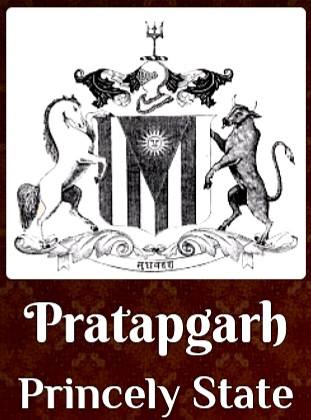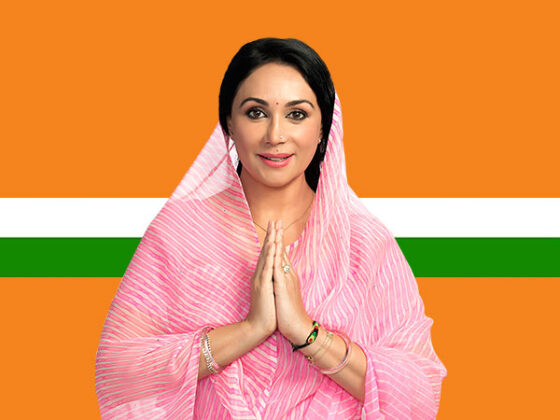Pratapgarh Princely State: A Legacy of Valor and Heritage

Introduction
Pratapgarh was a prominent princely state in India, renowned for its rich cultural heritage, valiant rulers, and deep-rooted traditions. Located in present-day Uttar Pradesh, Pratapgarh held strategic importance during colonial rule. The princely state witnessed numerous historical events that shaped its identity. This article delves into the history, rulers, administration, and legacy of Pratapgarh Princely State, shedding light on its contribution to Indian history.
Historical Background
The origins of Pratapgarh Princely State date back to the late 17th century when Raja Pratap Singh, a Rajput ruler, established his reign. The state derived its name from him and remained a Rajput stronghold for centuries. The Rajputs of Pratapgarh were known for their warrior spirit, loyalty, and resistance against foreign invasions.
During British rule, Pratapgarh maintained its semi-autonomous status under the British Raj. The rulers pledged allegiance to the British crown but retained control over internal administration. Despite being under British suzerainty, the state continued to preserve its cultural traditions and governance structure.
Rulers of Pratapgarh
The rulers of Pratapgarh were from the Bisen Rajput dynasty, known for their bravery and administrative skills. Some notable rulers include:
- Raja Pratap Singh (Founder): Established the state and laid the foundation for governance and defense.
- Raja Chhatrapal Singh: Strengthened the military and expanded the territory.
- Raja Ajit Pratap Singh: A progressive ruler who introduced reforms in administration and social structure.
- Raja Beni Madhav Singh: Played a crucial role during the Revolt of 1857, aligning with nationalist sentiments.
Each ruler contributed to the development and security of the state, ensuring prosperity and cultural enrichment.
Administrative Structure
Pratapgarh Princely State had a well-organized administrative system that balanced traditional and modern governance. The state was divided into several estates or jagirs, governed by local chieftains under the supervision of the Raja.
The administration included:
- Revenue Collection: A structured taxation system to ensure economic stability.
- Judicial System: Local courts managed by Rajput nobility, ensuring fair justice.
- Military Organization: A well-trained army to defend the territory from external threats.
- Social Welfare: Promotion of education, art, and religious institutions.
Cultural and Architectural Heritage
Pratapgarh is home to a rich cultural legacy, with magnificent forts, temples, and palaces reflecting Rajput architectural brilliance. The state’s culture was deeply influenced by Rajput traditions, including:
- Festivals: Celebrations of Hindu festivals like Diwali, Holi, and Navratri with grandeur.
- Architecture: Forts and palaces showcasing intricate designs and Rajput craftsmanship.
- Folk Music and Dance: Traditional Rajput folk songs and dance forms narrating tales of valor and romance.
- Cuisine: A blend of royal Rajput and Awadhi delicacies, reflecting the culinary heritage of the region.
Role in India’s Freedom Struggle
Pratapgarh played a significant role in India’s independence movement. The Revolt of 1857 saw active participation from the region, with local leaders supporting the rebellion against British rule. Many revolutionaries emerged from Pratapgarh, contributing to the nationalist movement.
During the 20th century, the princely state gradually aligned with the Indian National Congress, supporting the cause of independence. After India’s independence in 1947, Pratapgarh Princely State merged with the Indian Union, marking the end of its sovereign rule but continuing its legacy as part of modern India.
Integration into Modern India
With the political integration of princely states post-independence, Pratapgarh became part of Uttar Pradesh. The former royal family played a role in local governance, and many of its members transitioned into political and social leadership roles.
Today, Pratapgarh retains its historical significance, with its forts and temples standing as symbols of its glorious past. The region continues to be an important cultural and historical landmark, attracting historians and tourists alike.
Conclusion
Pratapgarh Princely State stands as a testament to the rich Rajputana heritage and resilience. From its foundation by Raja Pratap Singh to its integration into modern India, the state has contributed significantly to history, culture, and governance. Though its princely rule has ended, its legacy remains alive in the form of historical landmarks, traditions, and cultural heritage that continue to inspire generations.
Pratapgarh’s story is one of valor, tradition, and evolution, showcasing the undying spirit of India’s royal heritage. Whether through its historical narratives or architectural marvels, the legacy of Pratapgarh remains a cherished chapter in Indian history.






